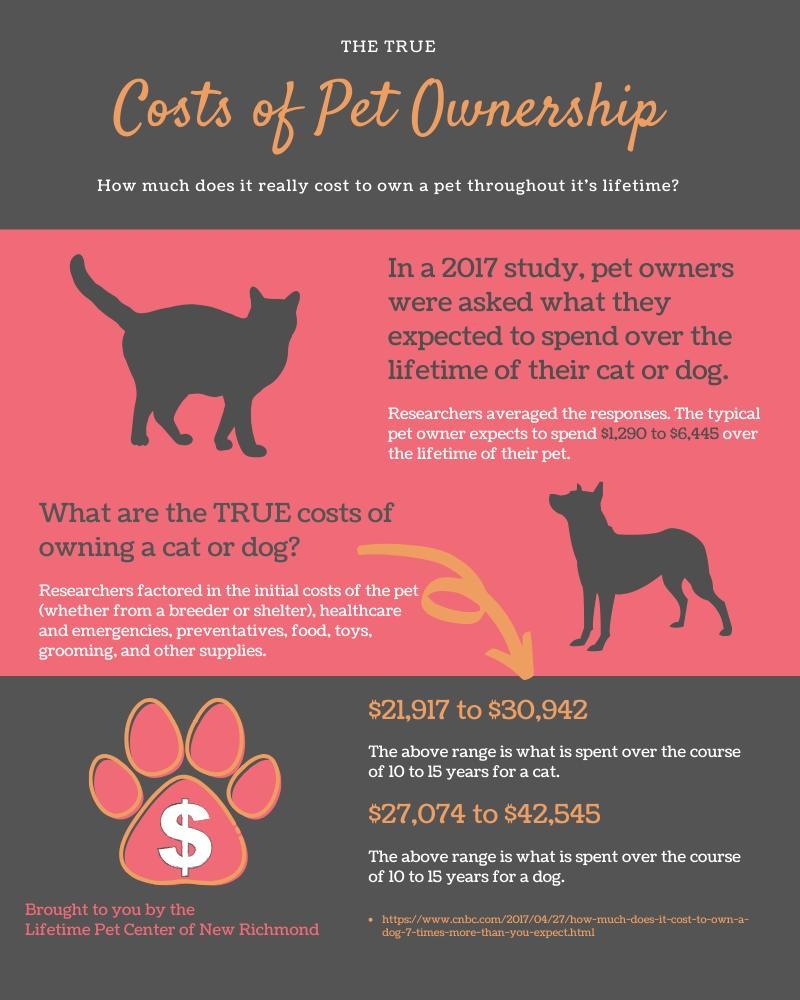
Adopting a rescue animal is a very popular thing these days. Why? Here’s a few reasons:
I want to do a good thing for an animal in need.
I’ve looked into pure breeds, and they’re just too expensive.
I’m older now and I just don’t want to deal with those crazy puppy/kitten years.
I live alone and I, or we, both work long hours and just don’t have time to raise a young animal and deal with house training, etc.
I’m an older senior citizen and I have fears about my pet out living me.
I just want a low maintenance companion.
All excellent reasons, but there are some pitfalls. First, what is the reason the animal ended up at a shelter? Up to 70% are there for behavioral issues. However, what may have been a bad fit for somebody else may be a better fit for you. Other reasons a pet may have ended up in the shelter are that the original owner is moving into an apartment where pets are not allowed, the pet was lost and found as a stray, the original owner was unable to properly care for the pet or it had unforeseen costly health issues, a family member was put on immunocompromising drugs, the owners fear bringing a newborn baby into the household with a pet, etc. So, with that in mind, let’s tackle how to adopt or rescue a pet.
First and foremost, expect to spend some money. Good rescues spend a lot of money on facilities, diets, healthcare, including spay/neuter, and employee expense. They’re generally considered non-profit, but they have to cover their expenses somehow. Next, research the rescues. They range from small, breed specific rescues run out of people’s homes to large kennel facilities including those run by county or city governments. Check websites and reviews. There are some unscrupulous people that run dog resale scams under the auspices of being rescues. They are usually pedaling puppy mill puppies.
Now, take time to evaluate what exactly you are looking for. Living space, large fenced yard vs. apartment living, how much time do you have to devote to exercising the pet, can you afford good quality diets and general healthcare, and will it travel with you or be boarded, are just a few examples of what you have to evaluate. Call us if you have any questions about breeds, size, male vs. female, expense of care, general health and wellness care, etc. This is a big commitment that will affect you and your family’s lives for the next several years.
So now you’re ready to go look! Time to get in the right state of mind. Be willing to walk away without guilt if you’re just not sure or could not find what you felt was a good fit. Also know that the really excellent shelters have personnel that help you find a match. They will also do an extensive interview with you and ask probing questions. Don’t take it personally, they’re just trying to make sure the pet finds the right home and never gets returned.
Knowing that 95% of people bring a pet home from the first visit, pick the shelter you were most impressed with from your research. Should you arrive and find that the facility is not what you expected, malodorous, not properly cleaned, dirty runs, etc. just turn around and leave before the guilt factor sets in. Many people fall into the trap of “I’ve got to rescue these animals from this situation.” In reality, you’re liable to bring home an animal that’s potentially sick, or poorly adjusted. Not the way to start with a new pet.
Ok, you’re comfortable with the shelter and their personnel. Let’s talk about what you should look for. There are three basic categories of pets you will see:
The shy animal. These guys usually crouch in the back of the run/cage and stare at you with their big eyes. They have the “please rescue me look” and most people have the “I’ve got to help them attitude.” The problem is they represent a pet that will take days, weeks, or months to adapt to a new environment. Super shy dogs and cats can become fear biters or scratchers with strangers and guests in the home. This personality may also lead to submissive urination (squat and pee when frightened or excited) and possibly problems with separation anxiety and/or noise anxieties. However, these shy pets can make good pets, they just need TLC and patience. Most eventually lose the bad habits and become quiet, loving companions if you are willing to put in the time, effort, and patience required.
The wild child. This category applies mostly to dogs. This guy is all over the place when it sees you, tail wagging 100 miles per hour, jumping on the cage door and jumping on you and running crazily in circles. Lots of barking, too. This is a high energy dog. Adopt this dog and be prepared to spend hours a day exercising them. If you have a high energy personality, this dog could be a good match, going on runs, fast walks, or bike rides. However, if you don’t meet their energy needs you may end up with a destructive pet that eats the couch when you’re away. They have to expend that energy in some way. Generally, they don’t do well crating either. They are usually escape artists. This applies to fenced backyards as well.
The perfect pet. This is the animal that is at the front of the cage when you walk by and appears genuinely happy to see you. The dogs wag their tails and seem perfectly content. The cats are friendly when handled and purr when stroked. Take them home and this stable personality continues. They’re good with guests and are relatively low maintenance.
These are the three major personalities with many variables in between. If this is your first pet, I suggest #3. If you’re an experienced pet owner, you can consider the other two categories, knowing that they are more of a challenge. What we don’t want is to take a pet home and end up returning it because you can’t manage it.
Other considerations:

The True Costs of Owning a Pet
Explore and know the costs of a pet; quality diet, healthcare (both recurring wellness care, prevention, and emergencies), supplies, boarding, grooming, and more.
Know that these guys will change your lifestyle. They require care and attention.
Know that this is a 10 to 15 year commitment.
Know that they are going to bring you joy, fun, and happiness. But as they enter their geriatric years, their healthcare needs increase along with the costs of that healthcare. They require more attention and care at home. This is a major part of your commitment to your pet.
And finally, know that you are performing a genuinely good act in adopting a rescue. Know that you are bringing a new being into your family, but also know that you are not adopting a child. All too often we hear this and this sets a bad precedent as you progress through your pet’s life. We love them dearly, but they are sadly not here forever.
Ready, set, go! Have fun in your search and, once adopted, schedule them in to see us for their first wellness exam. Don’t forget to bring the paperwork they came with and we will review all that the adopter has done and advise on any additional needs.
Good luck! It is an exciting and rewarding journey!
Dr. Jerry Miller